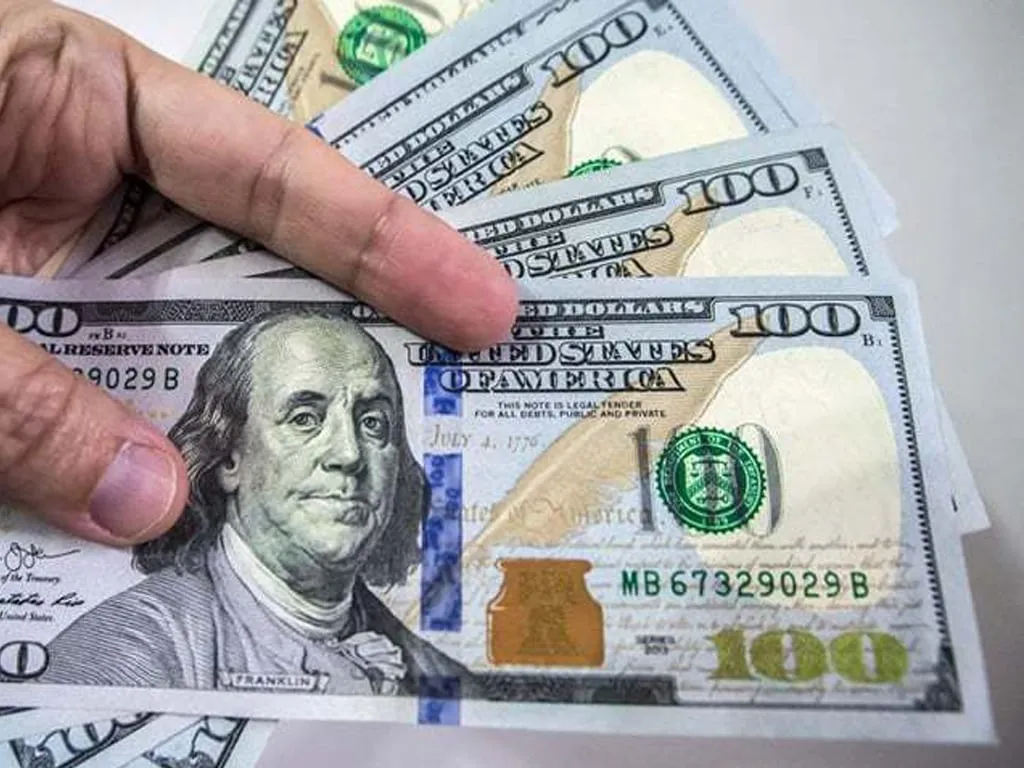Table of Contents
ToggleInflation Data Released today on 12th December 2023

Inflation Data Released: Consumer prices climbed fairly in November.
Inflation data released today on 12th December 2023 showed that price increases remained moderate in the month of November, the latest sign that inflation has cooled considerably from its peak. That’s likely to keep the Federal Reserve on track to leave interest rates unaffected at its final meeting of the current year, which takes place this week.
The Consumer Price Index (CPI) came out just as the Fed begins its two-day gathering, which will conclude with the release of an interest rate conclusion and a fresh set of quarterly economic estimates at 2 P.M. tomorrow on Wednesday. The Fed chair Mr. Jerome H. Powell, is then scheduled to hold a news conference.
Central bankers have contained a recent slowdown in price increases, and Tuesday’s data largely advised that inflation remains lower than earlier this year. Overall inflation climbed 0.1 percent on a monthly basis, making for a 3.1 percent increase compared to last year. That was softer than the 3.2 percent annual figure in October.
But some of the report’s underlying details could keep Fed officials cautious. After stripping out volatile food and fuel to give a clearer sense of underlying inflation trends, so-called core inflation climbed a bit quickly on a monthly basis. A closely watched extent that tracks housing expenses also climbed more quickly, that measure is called “owner’s equivalent rent” because it estimates how much it would cost someone to rent a home that they own, but contrary to the situation, economists have been expecting it to decline.
Basic inflation climbed by 4 percent compared to previous year, holding steady from October. That jump remains well above the roughly 2 percent pace that was normal before the inception of the pandemic, but it is down sharply compared with its peak in the summer of 2022.
Many economists expect inflation to continue lessening into 2024, now that supply chain problems that pushed up goods prices in 2021 and 2022 have washed-out and as prices for many services seem to be on the threshold of cooling.

Fed officials raised rates sharply between March 2022 and this summer in a bid to slow the economy, hoping to cool demand enough to wrestle inflation lower. They have now held borrowing costs steady for several months, as they try to assess whether they have adjusted policy enough to return price increases to a normal pace over time.
Central bankers have been undecided to declare victory at a time when inflation is improving but remains elevated. Economists expect them to maintain that watchful approach this week, even though many think that the Fed’s next move will be a reduction in interest-rate.
Investors think that borrowing costs could come down as soon as the first half of 2024, based on market anticipations, though continued economic impetus or persistent prices could delay that. Inflation has amazed analysts continually since year 2021 by cooling only to flare back up.
